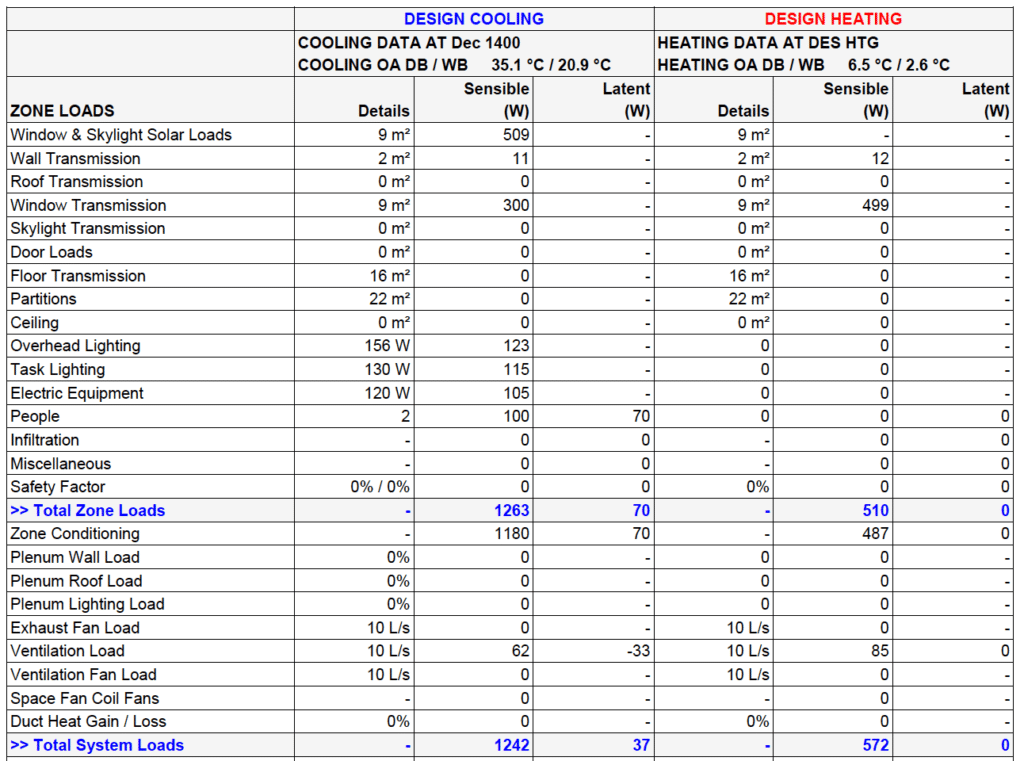In recent years the uptake of hydronic heating and cooling has grown as many more people become aware of this great and efficient comfort technology. But with the increase in these systems we are seeing a surge in issues that could be avoided if an installer undertakes a proper analysis and design for a system prior to installation.

Guessing can lead to pain
Recently we were called in by a home owner that has had a hydronic floor heating system installed in the last few years with the hope of finding out why they were chewing through so much power not just in the winter but in the shoulder seasons when their system was still operating. Now overall the installation looked very neat, the manifolds where tidy and quality pumps and valves were installed.
Now what did we find… Apart from a lack of quality insulation to all of the external pipework that leads to losing heat outside ($$ lost to the air outside), the biggest issue was the fact that even though the installer had supplied and installed a heat pump (A + in our books) it was massively oversized. This lead to a number of issues that for one increased the power consumption but also will shorten the life of the equipment.
Why are oversized heat pumps a no go?
If you oversize a heat pump you can create a number of issues with the most common we see – short cycling. This is caused when there is a call for heat and the the heat pump switches on and due to it meeting the demand so quick it ends up turning off within short spaces of time as it has meet the required demand.
Also as well as having a maximum output, at the other end of the scale a heat pump has a minimum output. This is the lowest heat energy output the heat pump can wind down to, If the heat pump is oversized and the the required amount of heat energy drops lower than the minimum output you will consume the amount of electrical energy at the minimum output. A properly sized heat pump would have allowed for lower output required and in turn used less power.
How could the installer have predicted what size heat pump was needed?
To overcome this issue how could the installer have know prior to selecting the heat pump what size would have been better matched to the house’s requirements? They could have undertaken a heating and cooling load analysis for them home and not used the good ol rule of thumb sizing.
What can we provide
At Adelaide Geoexchange we truely believe that planning a project is just as important as the delivery or even the end product. That is why as well as undertaking load calculations on all of our projects we can offer this solution to you too. Click on the flyer image on the right hand side to enlarge an see more details.



